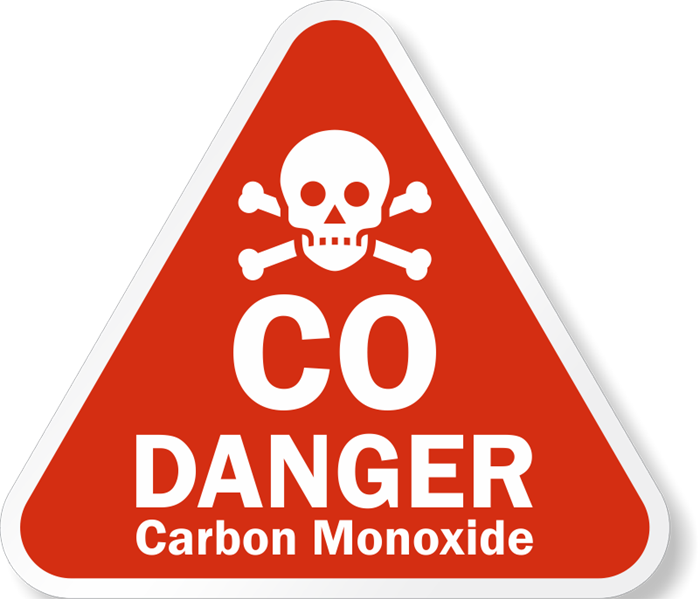Carbon Monoxide: A Silent Cold Weather Killer
8/1/2019 (Permalink)
 Symptoms:
-Dull headache
-Weakness
-Dizziness
-Nausea/Vomiting
-Shortness of Breath
-Confusion
-Blurred Vision
-Loss of Consciousness
Symptoms:
-Dull headache
-Weakness
-Dizziness
-Nausea/Vomiting
-Shortness of Breath
-Confusion
-Blurred Vision
-Loss of Consciousness
You can't see or smell carbon monoxide, but at high levels, it can kill a person in minutes. Often called the silent killer, carbon monoxide (or CO) is an invisible, odorless, colorless gas created when fuels, like gasoline, wood, coal, natural gas, and propane burn incompletely. According to the Center for Disease Control and Prevention, each year more than 400 American die from unintentional CO poisoning. It is estimated another 20,000 visit the emergency room, and more than 4,000 are hospitalized due to CO poisoning. All people and animals are at risk for CO poisoning, with some groups-including unborn babies, infants and people with chronic heart disease, anemia, or respiratory problems-being more susceptible to the effects of carbon monoxide.
An excess of CO, leading to CO poisoning, can result from faulty furnaces or other heating appliances, portable generators, water heaters, clothes drying or idling cars left running in garages. Taking some basic, precautionary steps can help eliminate the risk or carbon monoxide poisoning. Protect yourself by reviewing the following tips provided by the United States Fire Administration.
- Have fuel-burning appliances, like oil and gas furnaces, gas or kerosene heaters, fireplaces and wood stoves inspected by a trained professional every year.
- Open the damper for proper ventilation before using a fireplace. Never use your oven or stove top to heat your home.
- Make sure all fuel-burning equipment is vented to the outside to avoid CO poisoning. Keep the venting for exhaust clear and unblocked.
- If you need to warm a vehicle, remove it from the garage immediately after starting it. Never run a vehicle or other fueling engine or motor indoors, even if garage doors are open. Make sure the exhaust pipe of a running vehicle is not blocked with snow, ice, or other materials.
- Make sure vents for the dryer, furnace, stove, and fireplace are clear of snow and other debris.
- Only us barbecue grills outside, away from all doors, windows, vents, and other building openings. Some grills can produce CO gas. Never use grills inside the home or garage, even if the doors are open.
- Use portable generators outdoors in well-ventilated areas away from all doors, windows, vents, and other building openings to prevent exhaust fumes from entering the home.

 24/7 Emergency Service
24/7 Emergency Service